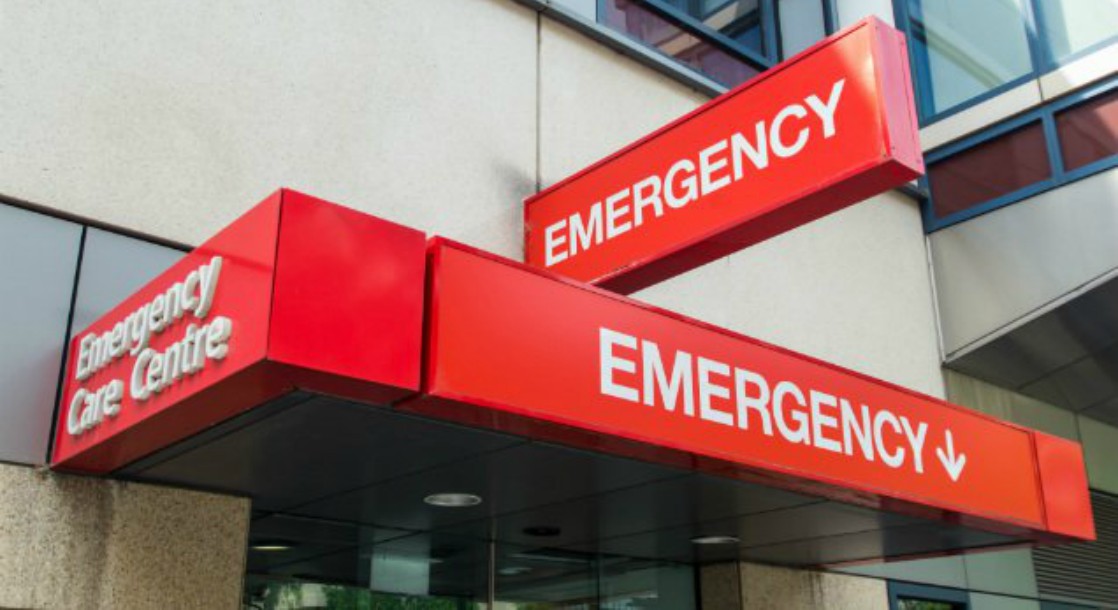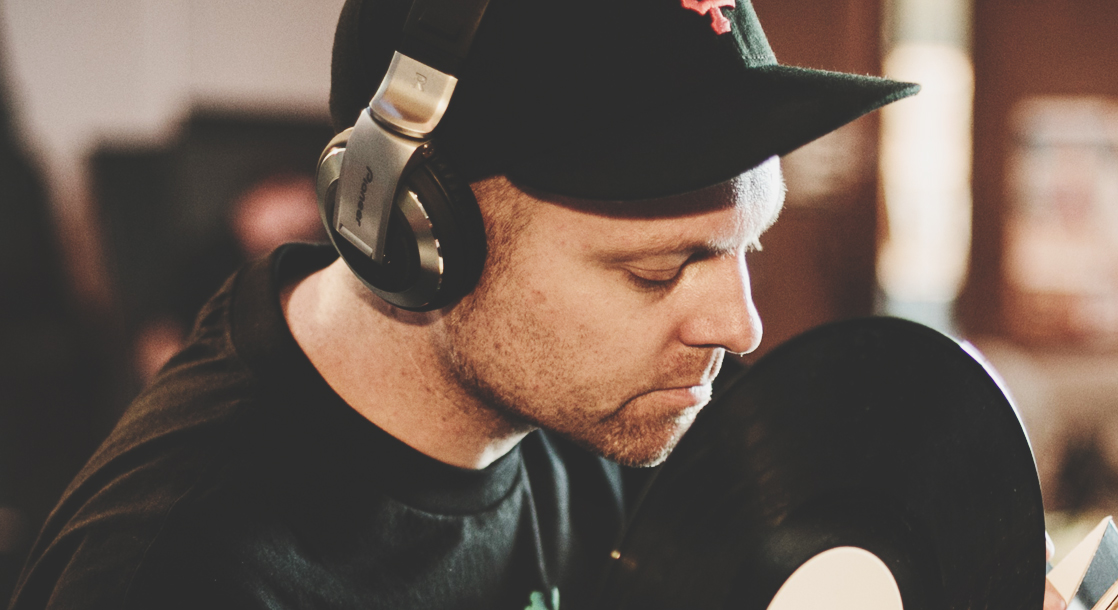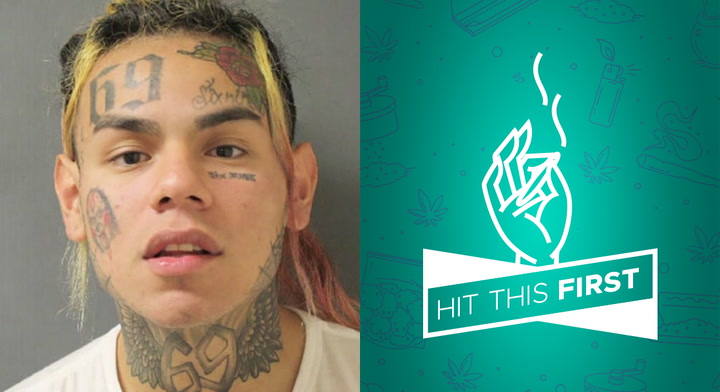For all the fear-mongering and hand wringing from cannabis opponents over America’s moves towards legalization, states like Colorado, Washington and California have already shown that recreational pot shops don’t increase street violence or lead to hordes of middle school stoners. Still, no change the scale of cannabis reform goes off completely without a hitch, and introducing a new mind-altering substance, however benign, to the mainstream can certainly cause some confusion.
In a new study published in the American Journal of Health-System Pharmacy, researchers took a long lense look at Colorado’s cannabis related emergency room visits and found five leading causes for weed-fueled hospital visits.
At the top of the list is a problem Colorado cannabis regulators have recently attempted to address, pediatric ingestion. While teen marijuana usage rates have remained level in the years since legalization and trick-or-treaters aren’t getting ganja in their goody bags, commercial edibles that resemble regular sour gummies and baked goods have found their ways into the hands of unsuspecting children.
To try and curb the pediatric ingestion problem, increased edible restrictions will be implemented today, with legal weed providers now banned from producing or selling infused food items that might appeal to children.
Next on the list is a problem that has largely plagued Colorado’s waves of cannabis tourists, acute intoxication. With the previously prohibited drug now available in stores, with laboratory produced concentrates and extracts far stronger than any cannabis product available even a decade ago, Colorado’s cannabis users, and especially tourists, can quickly get in over their heads.
“The number of marijuana-related ED visits has nearly doubled since the drug’s use was legalized in Colorado,” the study’s authors wrote, “and the rate is higher for non-Colorado residents who are visiting the state.”
Emergency rooms have treated more people for being stoned out of their gourd, but it is still just cannabis, and every patient admitted for acute intoxication left the hospital shortly after arrival.
Unlike the two leading causes of cannabis hospitalization, both caused by marijuana’s mental effects, the third most common trip to the emergency room comes from a lesser known physical reaction to reefer, Cannabinoid Hyperemesis Syndrome (CHS). CHS, often assumed to be cyclical vomiting syndrome (CVS), is reported as uncontrollable vomiting and epigastric pain that doctors say is caused in some cases by cannabis use.
The science on CHS is far from complete, but with more cases of the odd ailment occurring since legalization, doctors are starting to take the queasy condition more seriously.
Rounding out the last two spots in the research paper’s look at marijuana in the emergency room are two serious health issues that have far less to do with legalization than the first three problems, synthetic cannabis and amateur extraction lab explosions associated with butane honey oil.
For the first, much has already been written about the nationwide issues of the research chemical compounds commonly known as spice, K2, or synthetic weed, and the psychosis it can induce, but aside from the name, the drug has absolutely nothing to do with cannabis, and frankly, should not have been included in the study.
Last on the list, cannabis extraction explosions are also seen across the country and not just in states with legal weed regulations. In fact, in places like California, licenses for state-approved extraction labs have created some of the state’s favorite products. For black market growers and sellers trying to keep up with the legal market, though, cases of butane and pounds of trim can create slabs of dabs and big bucks, but can also lead to third degree burns and significant jail time.
A piece of legislation passed in 2015 banned Coloradans from making cannabis extracts with flammable solvents, but that hasn’t stopped the state’s amateur chemists from ending up in hospital beds with butane-induced burns.
In the end, the research is not particularly surprising, with Colorado’s relatively new cannabis industry ripe with novice users and impatient entrepreneurs looking for a quick buck. Like every other facet of education made possible by legalization, though, the statistical look at legal weed’s dark side only further sheds light on the specific places that still need regulatory focus.
And like Colorado’s brand new edible rules, legalization has created a path to correct the industry’s initial issues, positive changes that were never before allowed under prohibition.











